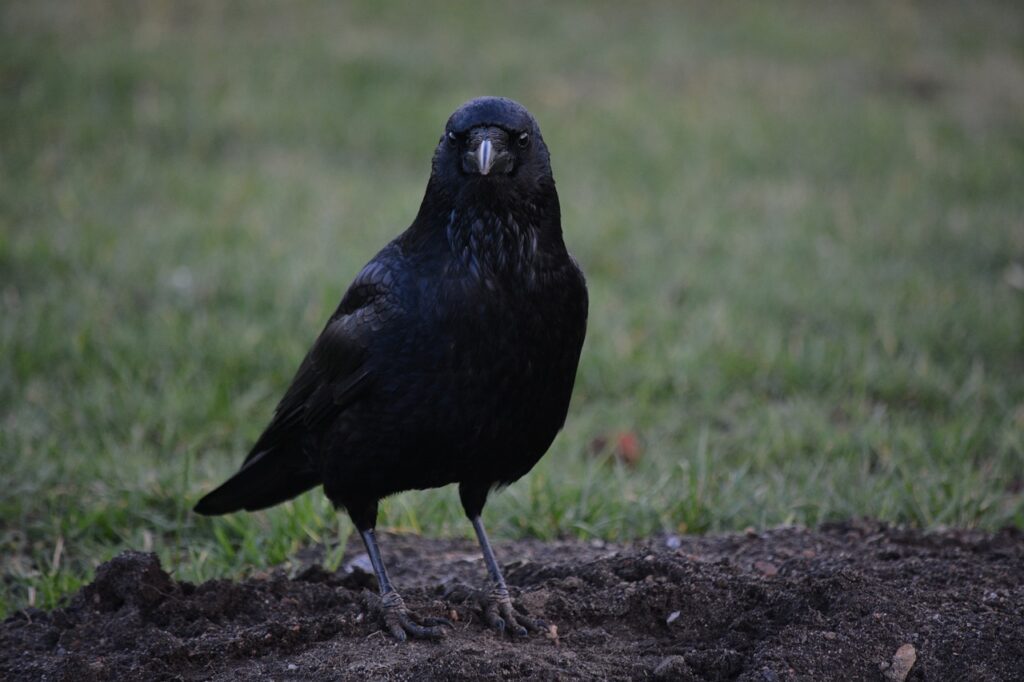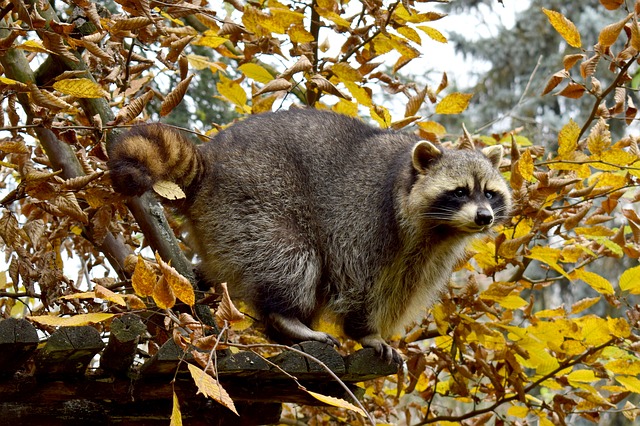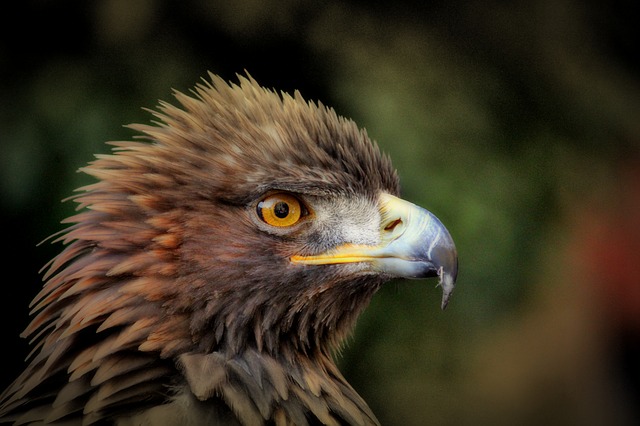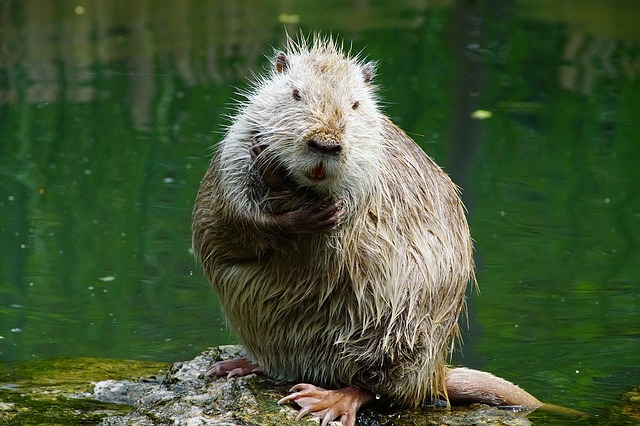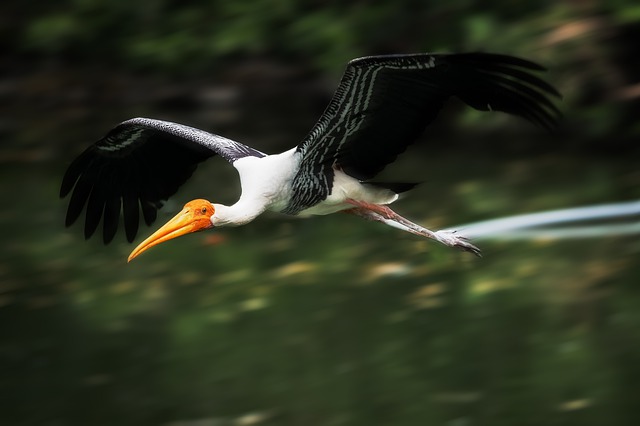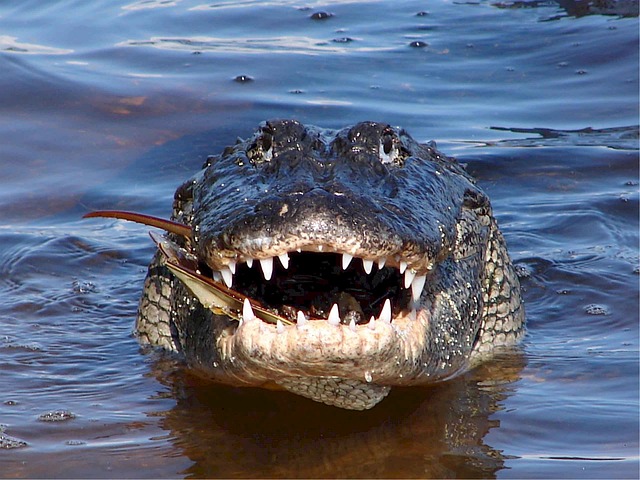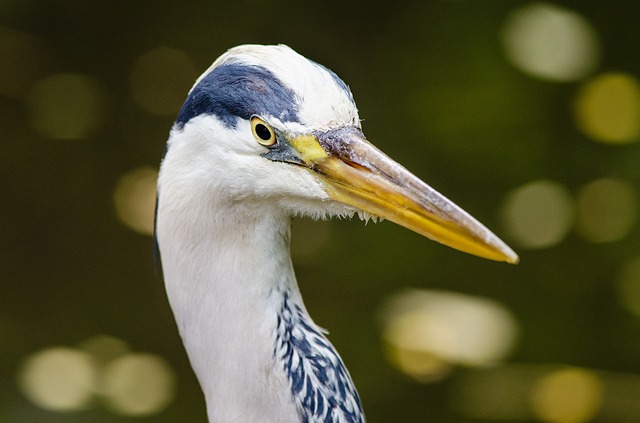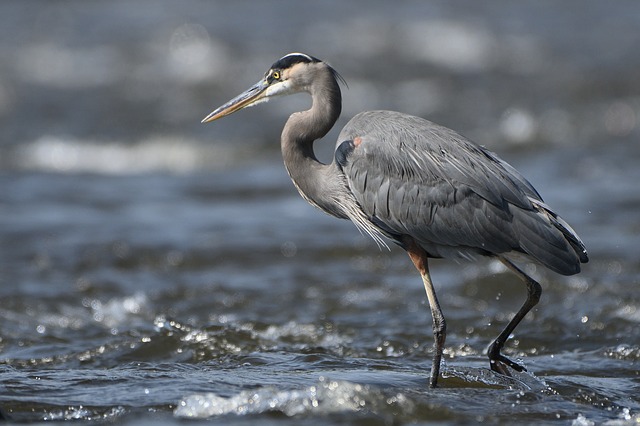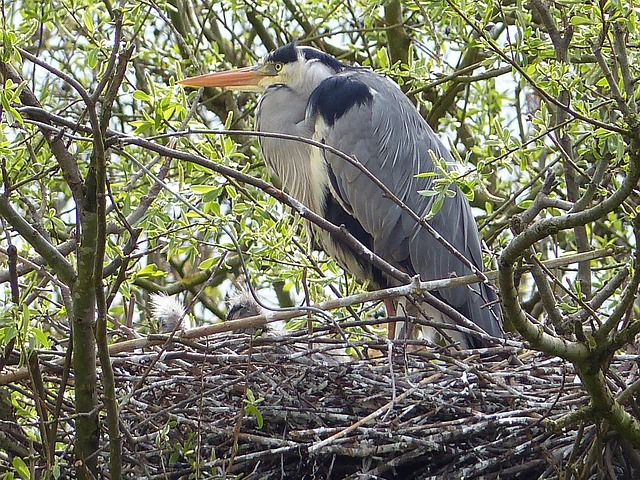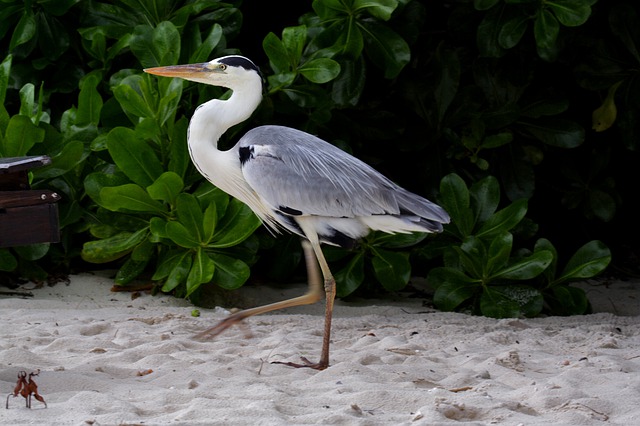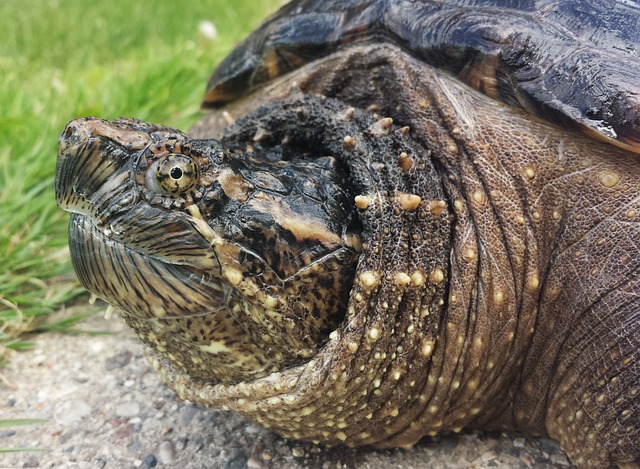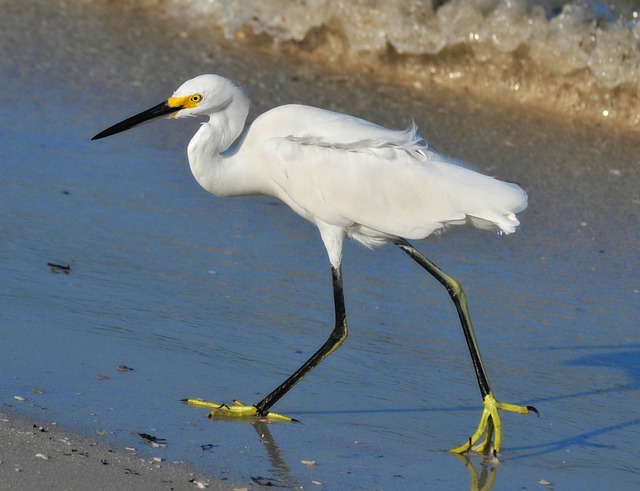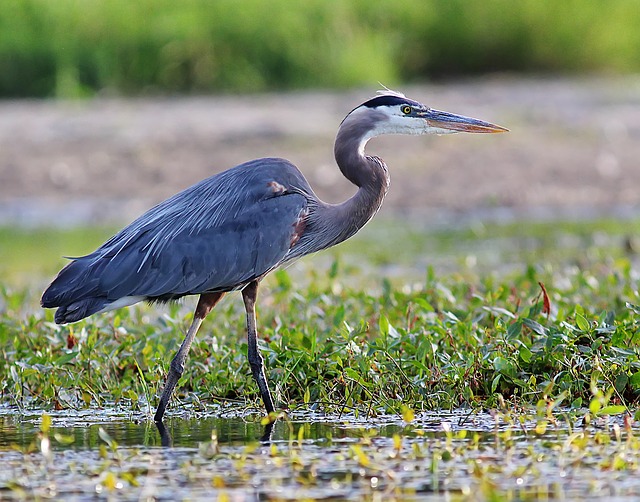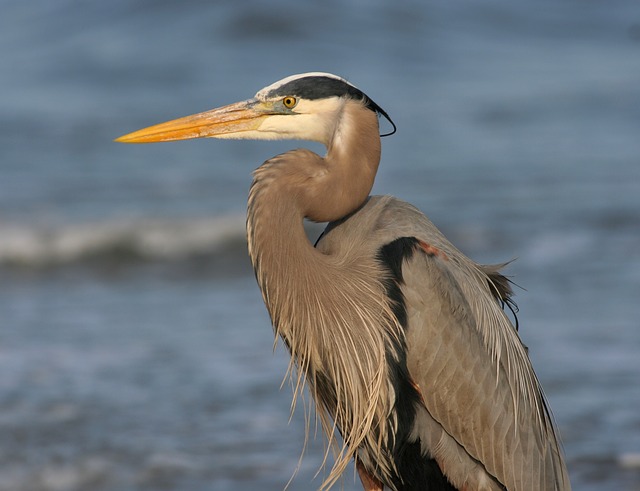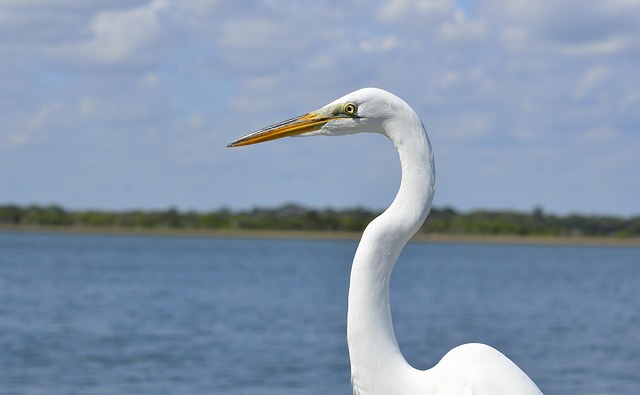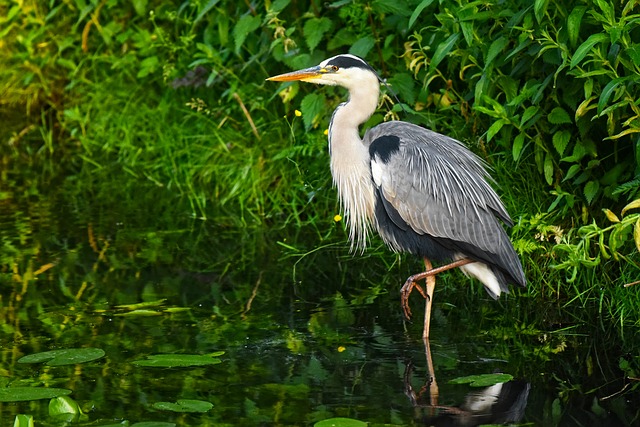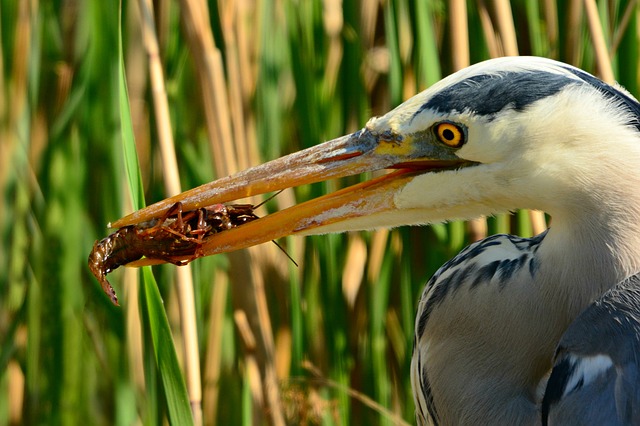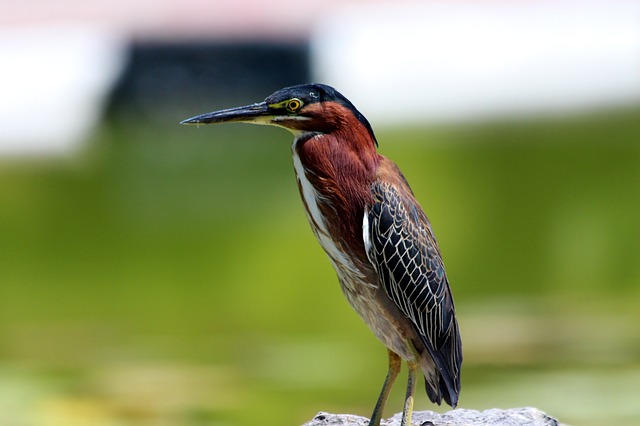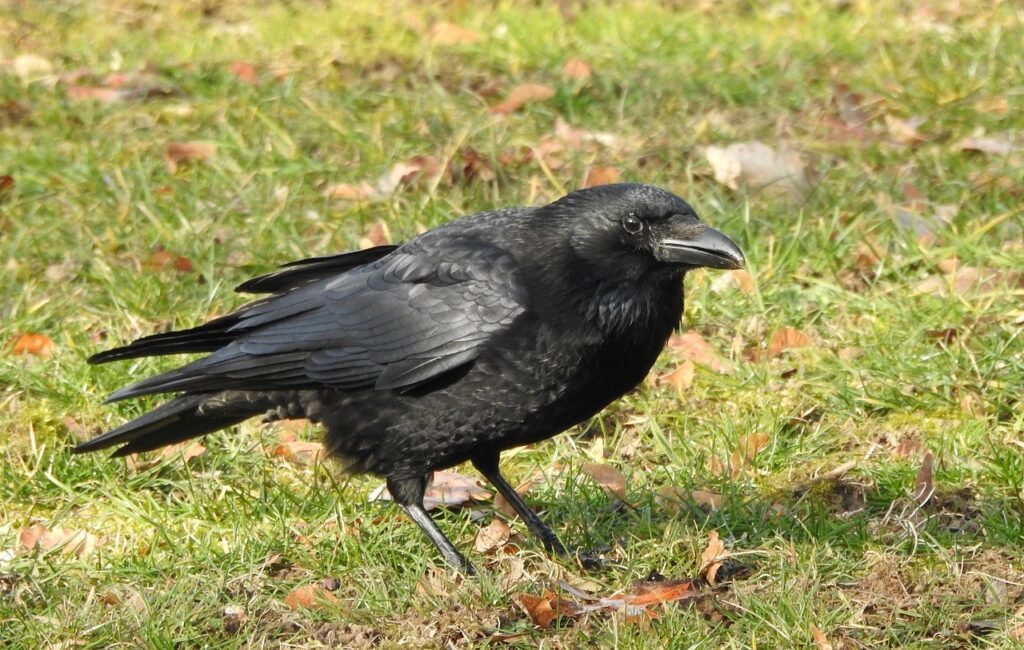
How long do crows live? That’s one of the many questions people ask about these familiar all-black birds. Here’s what you’ll want to know about the lifespan of crows and what affects it.
How Long Do Crows Live In The Wild?
In the wild American crows have a lifespan of around 7-8 years. However, according to research on banded American crows, they can sometimes reach 18 years or more. That being said, crows (like many other bird species) have a very high mortality rate when they’re young. It’s estimated that 50-60% of all crows die within their first year of life.
But the young crows that survive this critical time have a good chance of reaching adulthood and also living for a long time. There is no accepted way to determine the exact age of wild crows. And estimating their age can be a challenge. The primary method used for estimating a crow’s lifespan in the wild is by banding them.
Banding is also called ringing. And it involves catching wild crows, attaching a numbered band around their leg, and releasing them. Later on, at some point in their lives, they may be recaptured. However, there is no guarantee that researchers will ever be able to catch individual crows again.
If they are caught, the researchers can look up their band number to find out how much time has passed since the crow was originally fitted with the band. This gives them a “minimum age,” for the crow. It is not an exact age since there is no way to know precisely how old the crow was when it was first banded.
Factors Affecting Crow Lifespan In The Wild
Several factors can affect how long a crow lives in the wild, including the following.
Predators
While crows are wary birds, they do have many predators. There are quite a few animals that prey on adult crows, baby birds, and crow eggs. These include birds of prey such as owls, hawks, and eagles. Raccoons, snakes, and cats are threats to crows too, both on the ground and sometimes in the trees.
Humans
Crow populations are often controlled by legal hunting and trapping. And because they are unfortunately viewed as pests, they are sometimes illegally killed as well. In addition, they may be accidentally killed by humans. For example, vehicles sometimes accidentally strike crows when the birds are feeding on roadkill.
Disease
Exposure to diseases can also affect a crow’s life expectancy. They can contract various avian diseases. And they are well-known for being highly susceptible to the West Nile virus. The virus is nearly 100% fatal for infected crows. This is substantially higher than most other bird species.
Scarcity Of Food
Sometimes due to the changing of the seasons, a high number of competing crows nearby, the use of pesticides, or a range of other reasons food can be scarce. And not getting the nutrients they need can negatively impact their health and possibly how long they live.
Why Do Crows Live So Long?
While there are many threats to crows in the wild, there are also several factors that are believed to help crows live relatively long lives. That is of course if they can survive. Crows live in family groups. And in those groups, they work together to find food, feed the young, and protect their territory from other crows and predators. By combining their efforts the crows increase the chances of the entire group’s survival.
Young crows typically stay with their family group for several years until they reach sexual maturity. That’s much longer than most birds. But it gives them the time they need to learn vital survival skills before they leave the group, find a mate, and defend their own territory.
A huge advantage crows have when it comes to surviving is that they have the traits of being incredibly intelligent and at the same time highly adaptable. Their cognitive abilities are actually believed to be equivalent to that of apes. And they can adjust and adapt to changing conditions and circumstances easily.
And unlike many birds that have more specialized diets, American crows are opportunistic omnivores. They can (and do) eat an enormous array of foods from insects to dead animals or even human trash. And this allows crows to take advantage of almost any food source they come across.
How Long Do Crows Live As Pets?
A Crow’s life expectancy in captivity is much longer than a wild crow’s. Crows kept in captivity or as pets are known to live up to 20 years old or more. There are many claims of captive crows living even longer. And while some of these may be true, they are usually difficult to prove since in most cases there isn’t any official documentation proving when the crow hatched.
Captive crows typically have many benefits that wild crows don’t. And of course, these help them to live much longer lives. For example, unlike in the wild they live in controlled environments where they often have access to shelter, are protected from temperature extremes and severe weather conditions, and aren’t usually exposed to harmful substances.
Also, captive crows are protected from their natural predators and humans. And many crows even have access to veterinary care and are treated for any injuries or diseases that could mean death in the wild.
Start Shopping for Birding Supplies!
Raccoon Pictures
Raccoons are easily recognizable by their black face mask and ringed tail. And there are many fascinating things about this intelligent nocturnal species. So we’ve compiled some of the best raccoon pictures to show you just how amazing and unique they are. Raccoon...
Eagle Pictures
Eagles are large powerful raptors with sharp talons and beaks. These apex predators are typically at top of the food chain and there are many interesting things about them. So we’ve compiled some of the best eagle pictures to show you just how amazing they are. Bald...
Nutria Pictures
Nutria are large semi-aquatic rodents from South America. In the United States where they were originally imported for the fur industry, they are an invasive species. Despite their pest status, there are many interesting things about them. So here are some of the best...
Stork Pictures
Storks are tall wading birds with long legs and necks. These amazing birds have many fascinating things about them. And we’ve compiled some of the top stork pictures to help show you just how interesting and beautiful they are. White Stork The white stork has a body...
Alligator Pictures
The American alligator is a large predatory reptile that inhabits the southeastern United States. It’s a fascinating animal with many interesting things about it. And we’ve collected some of the best alligator pictures to help show you just how amazing they are....
How Long Do Great Blue Herons Live?
The life expectancy of birds is known to be closely related to their size. So as the biggest heron species in North America, how long do great blue herons live? The average life expectancy for these large birds is around fifteen years. However, surviving their first...
Where Do Great Blue Herons Live?
The great blue heron is considered to be the most widespread heron in North America. So exactly where do great blue herons live? Here’s what you’ll want to know. Great Blue Heron Range The great blue heron is found throughout most of the North American continent. In...
Where Do Great Blue Herons Nest?
While many of us have seen great blue herons their nesting habits often remain a mystery to most people. That’s because they purposely nest in hard-to-reach places. So where do great blue herons nest? Here’s the answer. A Colony Nester Typically great blue herons nest...
Do Great Blue Herons Migrate?
Do great blue herons migrate? This is something many people wonder about, especially if they’ve seen a heron during the cold winter months. And the answer is both yes and no. Here’s what you’ll want to know. Great Blue Heron Range The great blue heron has a large...
Great Blue Heron Pictures
Few species of birds are as tall, elegant, and attractive as the great blue heron. So we’ve compiled some of the best great blue heron pictures for you to admire and help you to learn more about this amazing bird! Great Blue Heron Head The head of the great blue heron...
What Do Snapping Turtles Eat?
Many people are familiar with the fact that snapping turtles have an incredibly strong bite. They use their strong jaws and sharp beak not just for defense but also for catching food. So what do snapping turtles eat? Here's what you'll want to know. Snapping turtles...
Birds That Look Like Egrets
Egrets are predatory birds that hunt and live in a range of both freshwater and saltwater habitats. These birds are usually white, and have S-shaped necks, long legs, and dagger-like beaks. However, they are often mistaken for several other types of birds that look...
Birds That Look Like Storks
Storks are large wading birds with robust bills and long legs. These tall carnivorous birds are well-known for their wide wingspans and also for building huge nests. However, they are often confused with several other bird types that have a similar appearance. So...
Birds That Look Like Herons
Herons are tall birds with long slender legs and necks. And they often wade in the water when hunting for food. Yet there are several other types of birds that may be mistaken for them. To make things more confusing many of these birds also spend time in the water and...
Great Blue Heron Facts
The great blue heron is named for its size and the grey-blue color on its wings, stomach, and back. This species has many fascinating things about it. So here are the top great blue heron facts. It's The Largest North American Heron The great blue heron is a big bird...
Are There White Herons?
Are there white herons? This is something many people wonder especially after seeing a tall all-white bird. The answer is yes! And here’s a fast introduction to them. A White Color Morph Most people are familiar with the great blue heron, a large predatory and...
Great White Heron Facts
While many people are familiar with the great blue heron, they are often surprised to find out that there’s also a great white heron. There are many things you’ll want to know about this stunning bird. So here are the top great white heron facts. The Great White Heron...
What Animals Eat Herons?
Because of their size and long sharp beaks, it can be hard to imagine that herons have any natural predators. While they do, they definitely don’t have nearly as many predators as most other types of birds. So what animals eat herons? Predators Of Adult Herons For...
What Do Herons Eat?
Great blue herons are often seen slowly wading in shallow water hunting for food. You may have even spotted one of these large birds in your own backyard pond. This leaves many people wondering: “What do great blue herons eat?” And here’s everything you’ll need to...
What Do Green Herons Eat?
The green heron is a secretive and small heron species. What it lacks in size however it makes up for in intelligence. It is particularly well-known for how it uses its smarts when hunting for food. So what do green herons eat? Read on to find out. Meet The Green...
